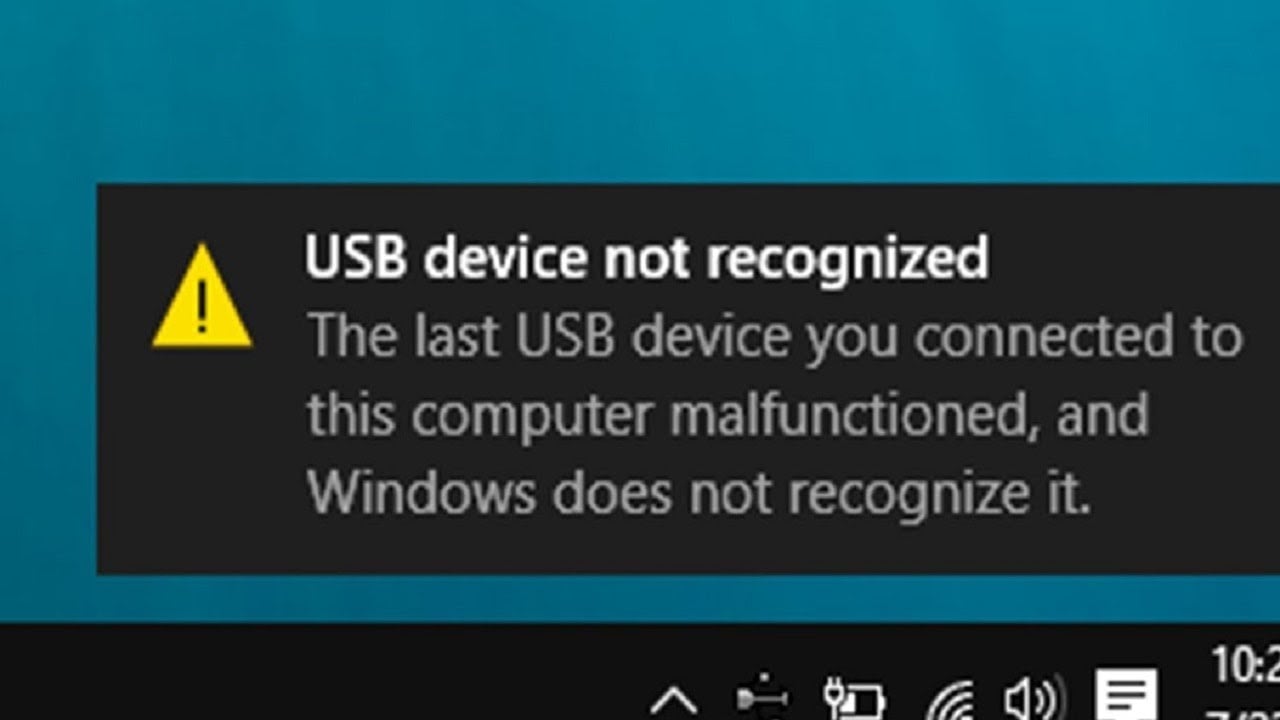

Do a rough mix of the audio in the sequence to ensure that the translator can hear the audio clearly.

The presence of timecode on a clip reminds people (including opinionated clients) that the clip is for reference only and not ready for general public distribution.Ĭ. It can serve as a reference to crosscheck when importing subtitles and when collaborating or sharing low-res (raw) clips from a project. Tip: Having timecode “burnt” onto the video file can be very useful. Apply the filter by dragging it from the viewer into your “For Translation” bin. We chose these “Timecode Reader” settings: “Size” = 12, “Center” = 0 – 468.5.ģ. Choose the “Filters” tab in the viewer window for filter settings. Double-click the clip in video track 1 (V1) in the “Timeline” to load the clip into the “Viewer” window.Ģ. Tweak the filter’s parameters and copy it to your “For Translation” bin for use on other translations:ġ. Insert the “Timecode Reader” filter on the sequence by selecting the timeline window with the appropriate sequence and choosing Effects > Video Filters > Video > Timecode Reader.ī. Creating the sequence now and prepping the clips is a best practice. Tip: You can also export a clip directly from FCP without putting it in a sequence to be prepped, which will produce the same result: A sequence that includes the clip on V1 and the subtitle on V2. Overwrite-Edit the clip to be translated on to V1 and A1/A2 at the very start of the new sequence in the timeline. Select the “For Translation” bin and then choose File > New > Sequence.Įxample: We named our clip “Interview Clinic Director 03” and named the sequence “Clinic Director 03.”Ĭ. Choose a clip that needs to be translated from your project.Ģ.

Create a new sequence in the “For Translation” bin:ġ. In FCP, create a new bin in your project to keep copies of the clips to be translated and subtitled: File > New > Bin. This process can be applied to projects using full-resolution/online versions of clips, or low-resolution/offline versions (ProRes Proxy). The addition of subtitles makes it possible for an editor not familiar with the language to put together a film. This workflow is particularly useful when working with foreign languages.

INQSCRIBE DIALOGUE NOT WORKING PRO
For the beginning documentary filmmaker, managing Final Cut Pro (FCP) workflows in a foreign language in combination with InqScribe can be daunting at first. We occasionally feature guest bloggers who can offer insights into different workflows. Posted on November 15th, 2013 chad No comments


 0 kommentar(er)
0 kommentar(er)
